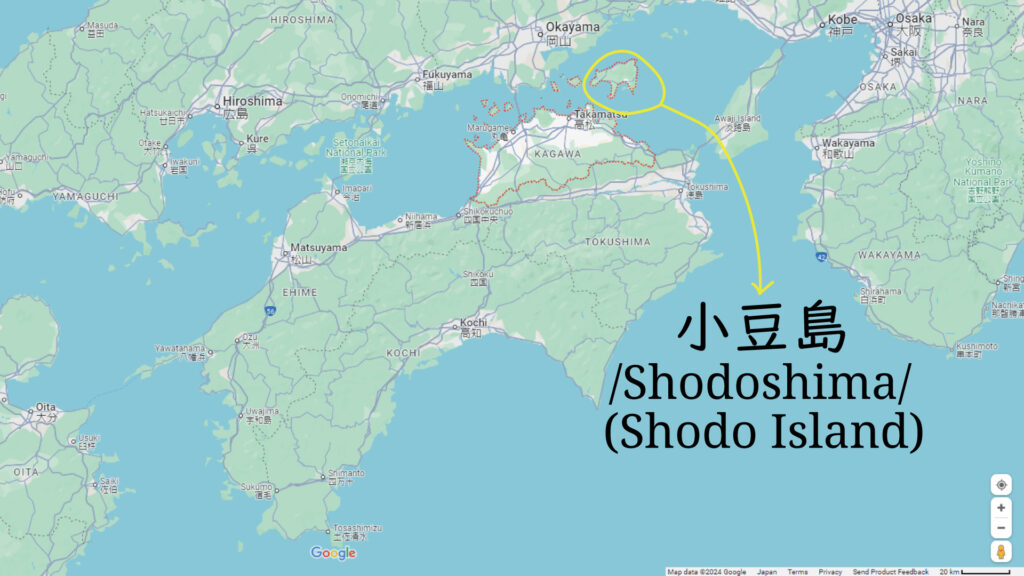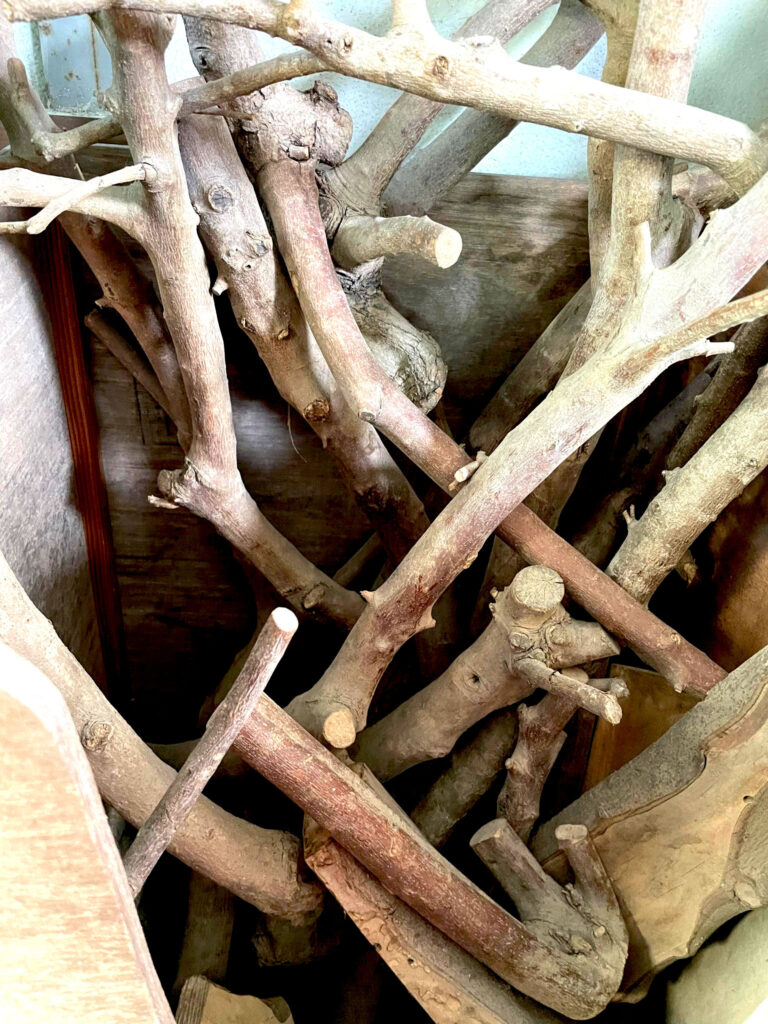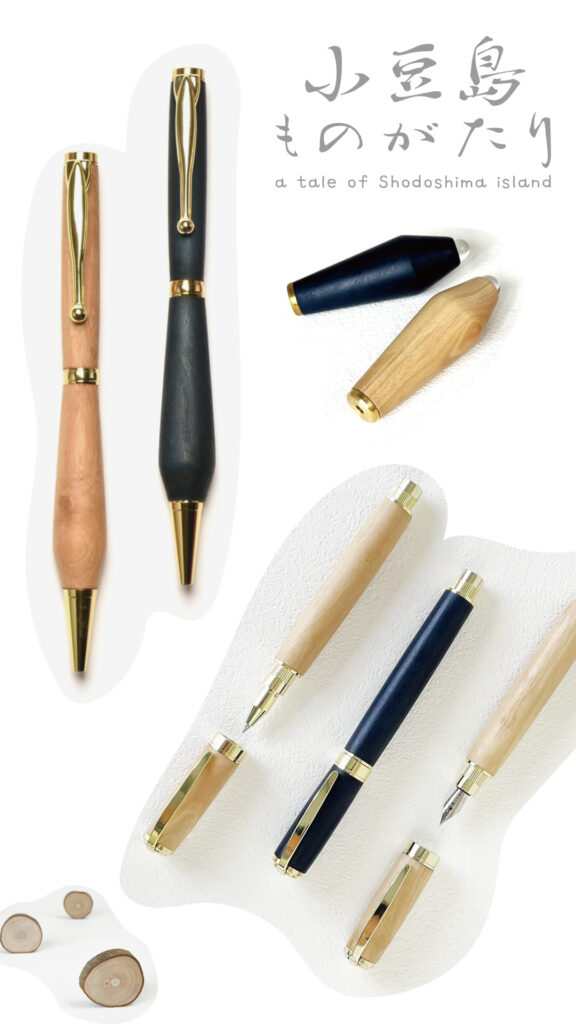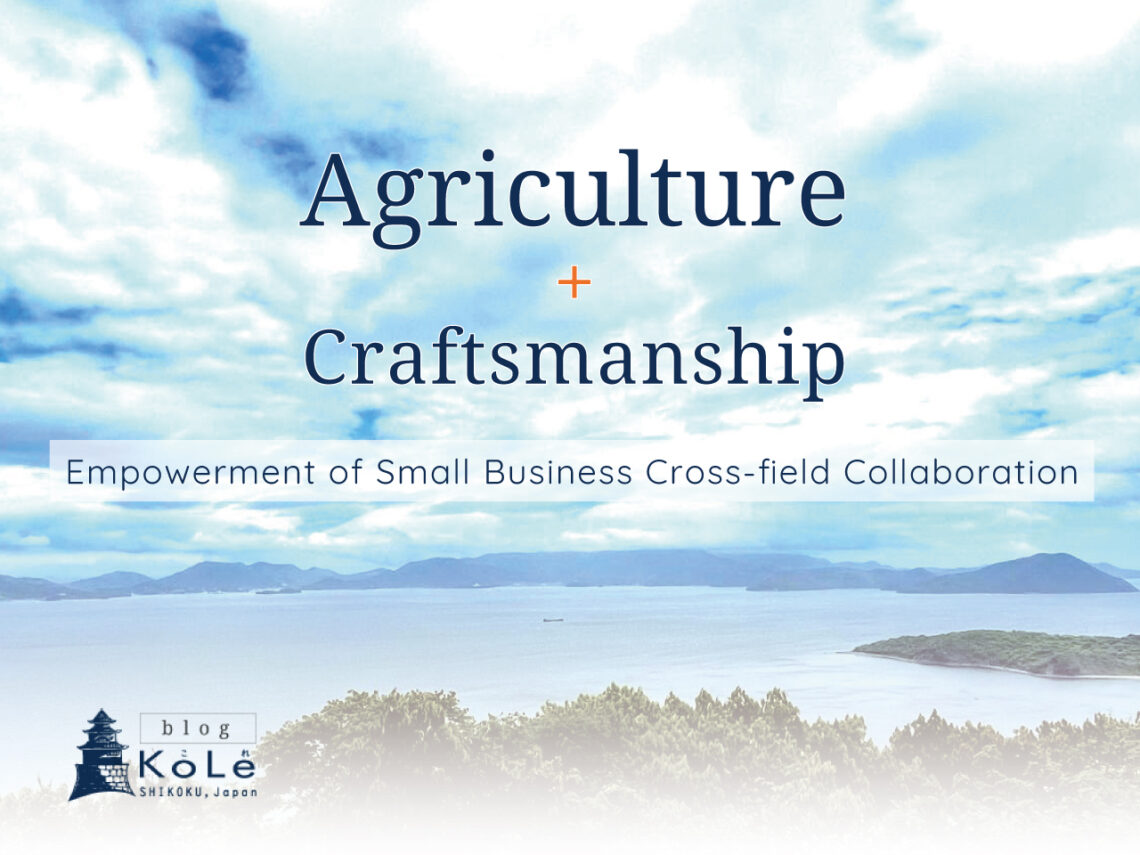“I don’t know what to do…” A Japanese Olive Farmer from Shodoshima, Kagawa, Shikoku, Japan, visited Takashi Morimoto’s studio in Takamatsu, Kagawa, one of our collaborating local heritage craft artisans.
What problem did the farmer have?
Why did he go to see a woodcraft artisan?
By answering these questions, I’d like to shed light on the dark side of a positive rule change for a sustainable future.
This article includes:
- The First Place in Japan to Succeed in Growing Olives: To share the background of the story
- Rule Change Without Solution—Agricultural Waste: The problem the farmer had
- Give the Pruned Branches a Second Chance & Life: What the farmer and the artisan did about the problem
Hi! I’m Satoko, the founder of KoLe SHIKOKU Japan. I connect handicraft and artisan-work enthusiasts outside Japan with our local heritage craftsmanship in Shikoku, Japan. I do this to preserve the local heritage craftsmanship industry for solutions or hints toward a global sustainable future.
The First Place in Japan to Succeed in Growing Olives
Before I discuss the farmer’s problem, let me clarify the wonder you must have: “An olive farmer in Japan?”
We are based in Kagawa Prefecture, one of four prefectures on Shikoku Island in Japan (the Shikoku region includes Shikoku Island and the archipelagos around the island). In Kagawa Prefecture, there is an island called Shodoshima. It’s one of the islands in the Seto Inland Sea we face. The climate here is referred to as “The Mediterranean of Japan.”

Shodoshima was the first place in Japan to succeed in growing olives in 1907, among two other locations (Mie Prefecture and Kagoshima Prefecture). Today, 87% of olives produced in Japan come from Kagawa Prefecture.
As you can see, our olive production is very young (since 1907) compared to the history of European olive production.
Rule Change Without Solution—Agricultural Waste
Although our olive production is not as seasoned as Europe’s, it’s been over a century. One hundred years in the industry spans approximately three to four generations. During this time, many things have changed around the world.
The latest change the olive farmers in Shodoshima are facing is: “How to dispose of pruned olive branches.”

Here is a bit of trivia about olive wood as a material:
It’s very oily compared to other types of wood.
This means that olive wood is very moist and hard to dry.
As a result, olive wood is hard to burn and takes forever to decompose.
According to the farmer who visited Mr. Morimoto, our collaborating woodcraft artisan, he used to burn the pruned branches in his field, even though it took hours.
However, the law changed. Burning the branches is now prohibited (this depends on the area in Japan: some places allow farmers to burn them). Today, olive farmers have to pay a disposal company to get rid of the branches.
The change was made to keep our air clean, which is a positive change. But if you were the farmer, what would you think?
When Mr. and Mrs. Morimoto told me the story, I thought of three things, putting myself in the farmer’s shoes:
- A rule is a rule, but even if I pay the disposal company, the branches will be incinerated or buried, yet the smoke will be cleaner than burning them in open fields.
- As a businessperson, I want to turn the branches into something that at least breaks even with the cost rather than pay for disposal.
- Can we turn these branches into new products and literally reduce waste?
That was exactly what the farmer thought.
Give the Pruned Branches a Second Chance & Life
At first, this farmer was hand-crafting wooden forks and knives with the branches. However, as you can imagine, he is a farmer, not a craftsman.
There were two inconvenient points:
- Time-consuming: He is a full-time farmer, so it’s hard to find time for crafting.
- Product Quality: It is obvious that the product quality of a full-time artisan with decades of experience is better than that of someone who just started crafting.
Also, the farmer hoped that Mr. Morimoto would have a better idea for using the pruned branches.
Mr. Morimoto suggested producing a ballpoint pen first. Thanks to olive wood’s natural characteristics—being very oily and moist—the pen’s texture is very tactile and pleasing.
After that, he created a few different items from the pruned branches. The series of items made from Shodoshima’s pruned olive branches is called “A Tale of Shodoshima.”

Now, a fundamental issue remains: the quantity of distribution.
The balance between the current product distribution and the amount of pruned branches is far from being in equilibrium. Pruned branches exceed product distribution.
Now, to make the farmer’s dream of literally reducing waste a reality, we need your help. Would you care to give these pruned branches a second chance and life to serve you?
These are not heritage crafts, but they are available at KoLe for both personal use and retail business. If you would like to know more, please contact me via the contact form on our website.
CONCLUSION
The last part became a bit sales-pitchy, but in this article, I shed light on the other side of a positive change. These changes are inevitable, and we must adjust to them if we want our great-great-grandchildren to breathe natural, clean air.
At the same time, I am troubled by the fact that whenever rules change, there are always people who are disproportionately affected. It’s often small businesses and sole proprietors, like the farmers in this case, who suffer the most. In such situations, I believe it is crucial for small businesses to connect across industries, embracing change and turning it into opportunities. Through KoLe, I envision creating a community where small businesses and sole proprietors from various global industries can support each other.
Someday, I hope you will join our community to make that happen.
If you resonate with the idea of transforming challenges into opportunities, I invite you to join our community. You can connect with us through your preferred social media platform:
| Instagram | LinkedIn | YouTube |
Additionally, consider becoming a member [click/tap here for more info] to access exclusive insights and updates.
If you’re interested in learning more or collaborating, please reach out via the contact form on our website.







Comments by satoko